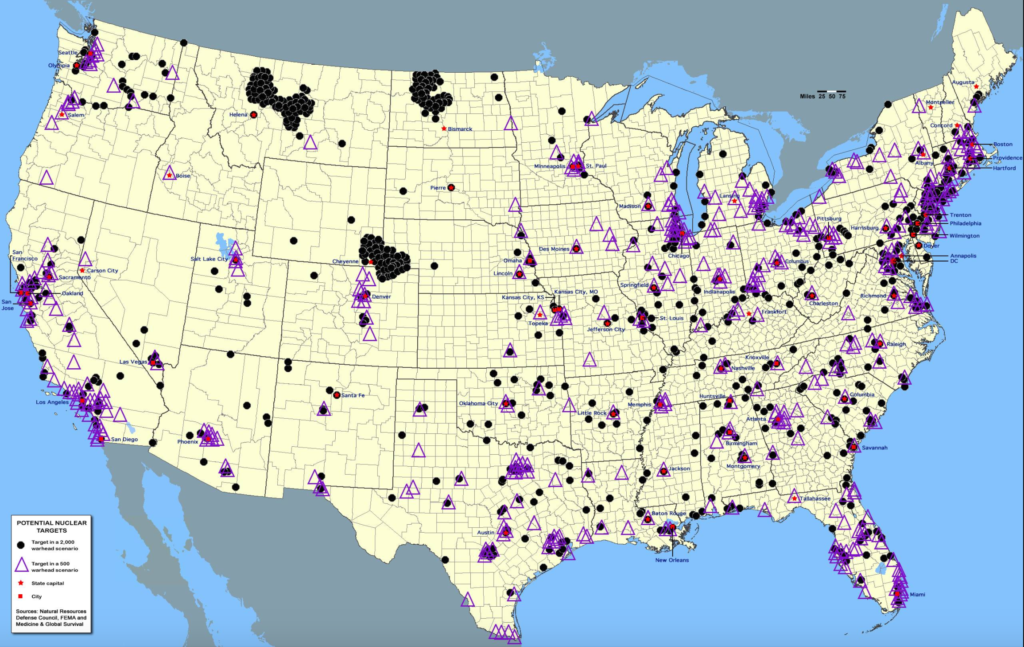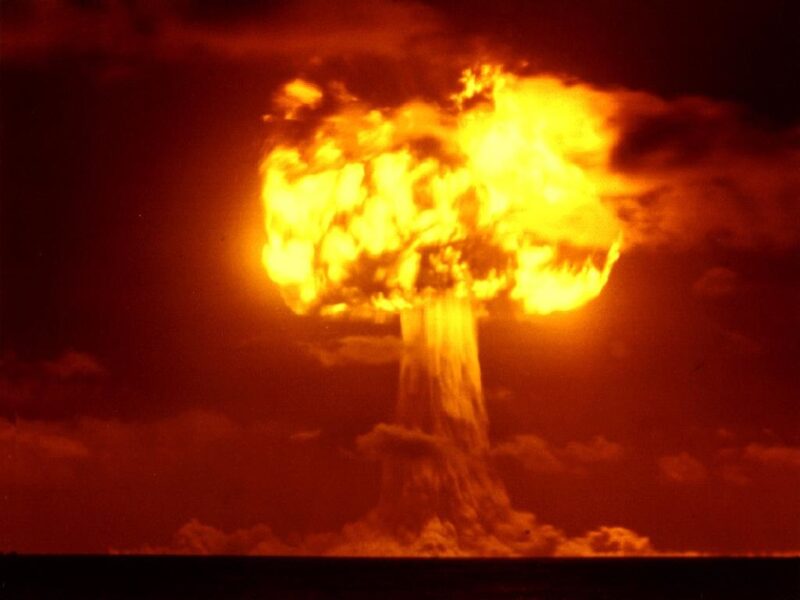Social media ignited at the first news that Russian forces had attacked a nuclear power plant. In what has been a truly been a 2022 phenomenon, people could watch the gunfight live on a webcam. Tracers zipped back and forth on screen, and a fire broke out in the building in view.
Lets look at how this news was reflected in search behavior.
Now, any interaction involving the words “gun” and “nuclear” are likely to raise fear. As Sean Connery said in The Hunt for Red October, “Some things in here don’t mix well with bullets.” But in reality, the specific place where the fighting was is important given what we’re about to look at. As we would later learn, the building in question was a training facility “outside the plant’s perimiter.”
At 7:34pm, the Ukrainian foreign minister tweeted that the plant was being assaulted, and that it’s explosion would be 10 times larger than Chernobyl. It was retweeted over 40,000 times.

Not necessarily because of this tweet, the reference to Chernobyl was picked up by the news media. As was mentioned in another tweet, “You know the word Chernobyl.” Indeed, by 8:00 pm search interest in Chernobyl had gone from 27 in the prior hour to 100, eclipsing interest in the current event at Zaporizhzhya.
Radiation Fears Intensify
Search interest in potassium iodide, a chemical compound taken after a nuclear attack to protect against radioactive iodine, had been elevated since the Russians announced that their nuclear forces were on high alert.
Now, in the 8:00pm EST hour, it skyrocketed.
When we look at the geographic distribution of search interest for radiation in the U.S., both during this event and the previous spike of Feb. 27, something stands out – several of the states with the most interest are bunched together in the northwestern quadrant of the country.
But this makes sense when you compare that map with a map of theoretical Russian nuclear attack targets created by a Reddit user, a map which aligns with Minuteman nuclear missile locations (the cluster of black dots) in the U.S., along with nuclear weapons storage and a submarine bases in Washington. Fascinatingly, all of that information is available with a simple Google search.

The fear of nuclear attack and radiation is of course not limited to the United States. A look at world search trends shows that potassium iodide is searched in many countries, the heaviest being Lithuania, which is adjacent Belarus, a country that has sided with Russia in the ongoing conflict.
So what does this all tell us?
Well, for one, word travels fast in the age of social media, whether it’s true or not. There is a debate about whether Ukrainian alarms about the threat of another Chernobyl because of Zaporizhzhya are due to a lack of information or outright propaganda. I am not here to participate in that debate, merely to demonstrate how within an hour news and opinion can influence search behavior and opinion.
Second, the American people are quite nervous about the possibility of a nuclear attack. The people living in locations that might be high on the target list are particularly concerned about the effects of a nuclear attack. So that I can get two Tom Clancy movie references into one article, recall the Russian nuclear weapons facility employee in The Sum of All Fears who wears a shirt reading, “I am a bomb technician. If you see me running, try to catch up!”
Lastly, it tells us about the ease with which a population can be rushed into a conclusion because of the speed of information. Think of it this way – within the span of an hour people throughout America and the world were searching about treatments to counteract a nuclear attack. Opinion is formed quickly, and escalation could take place in a short timeframe.
Did you enjoy this article? Subscribe to my email list and be notified about new articles when they’re published.
